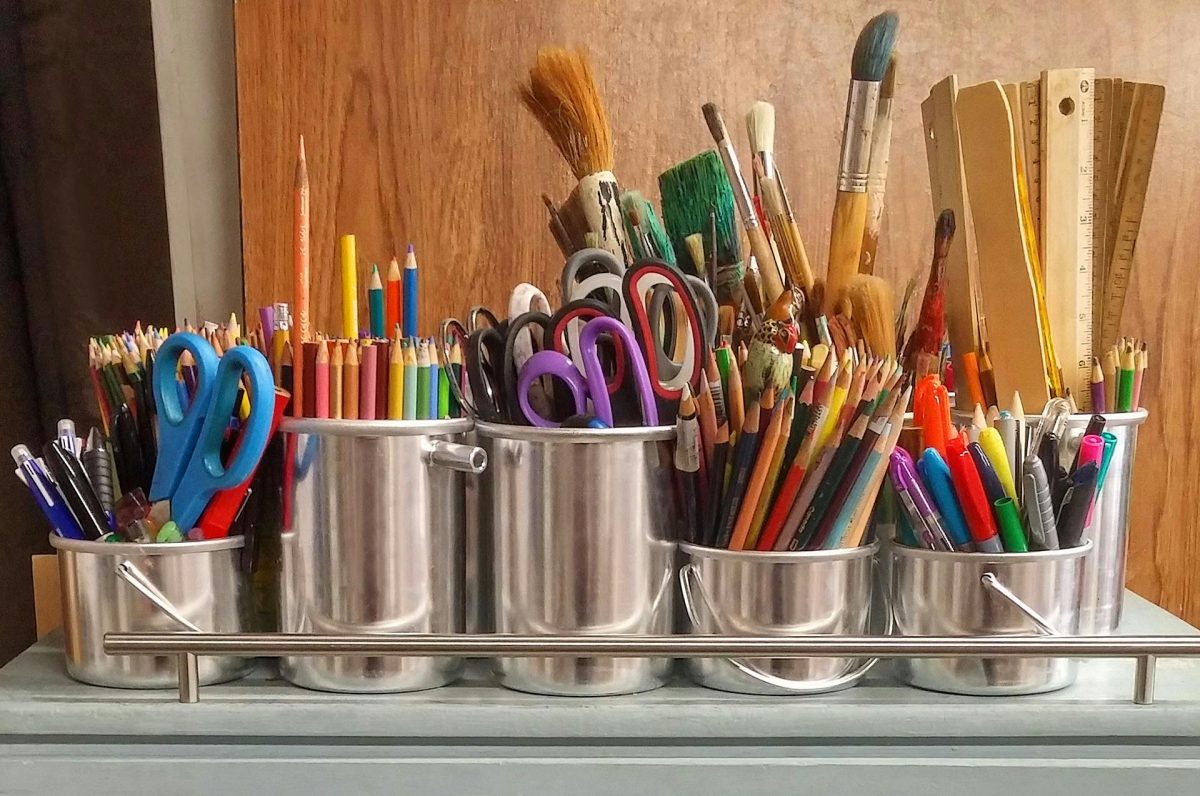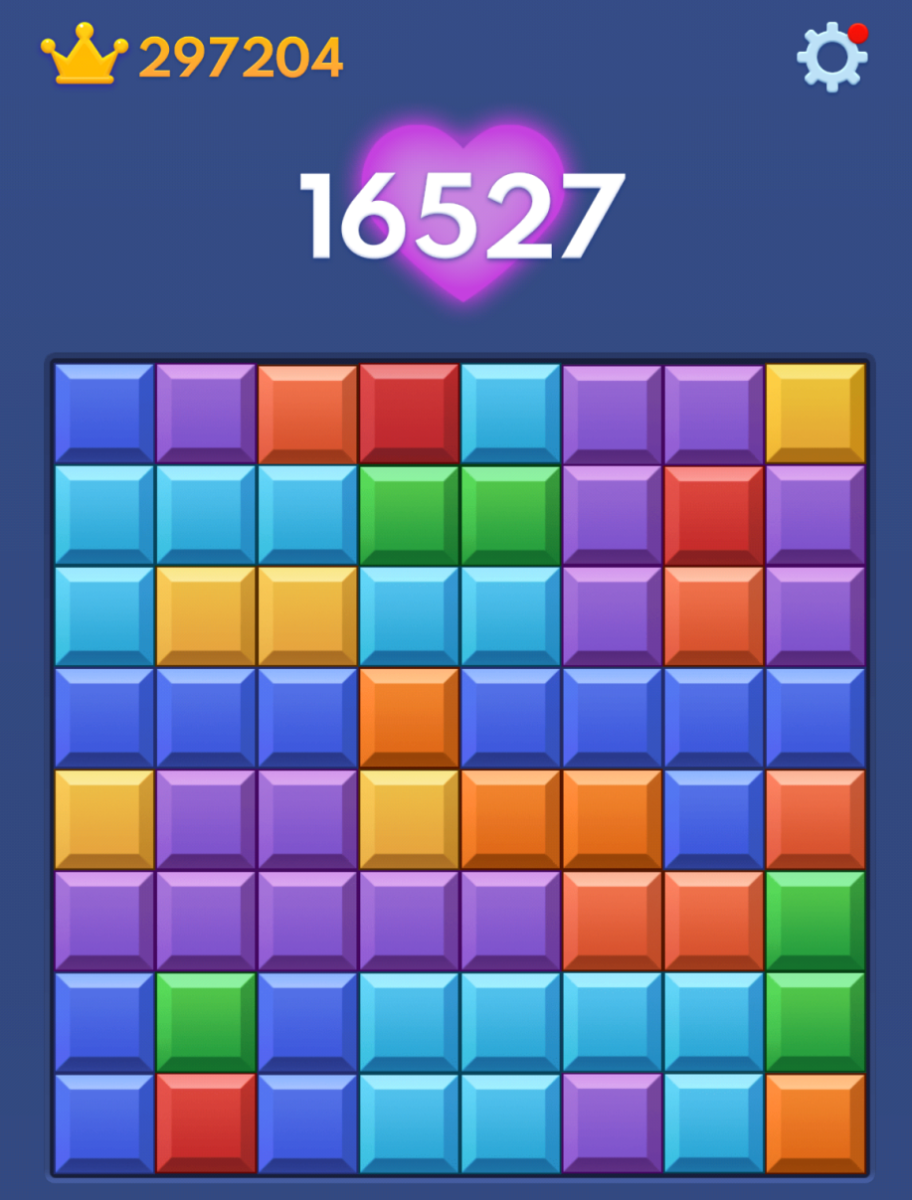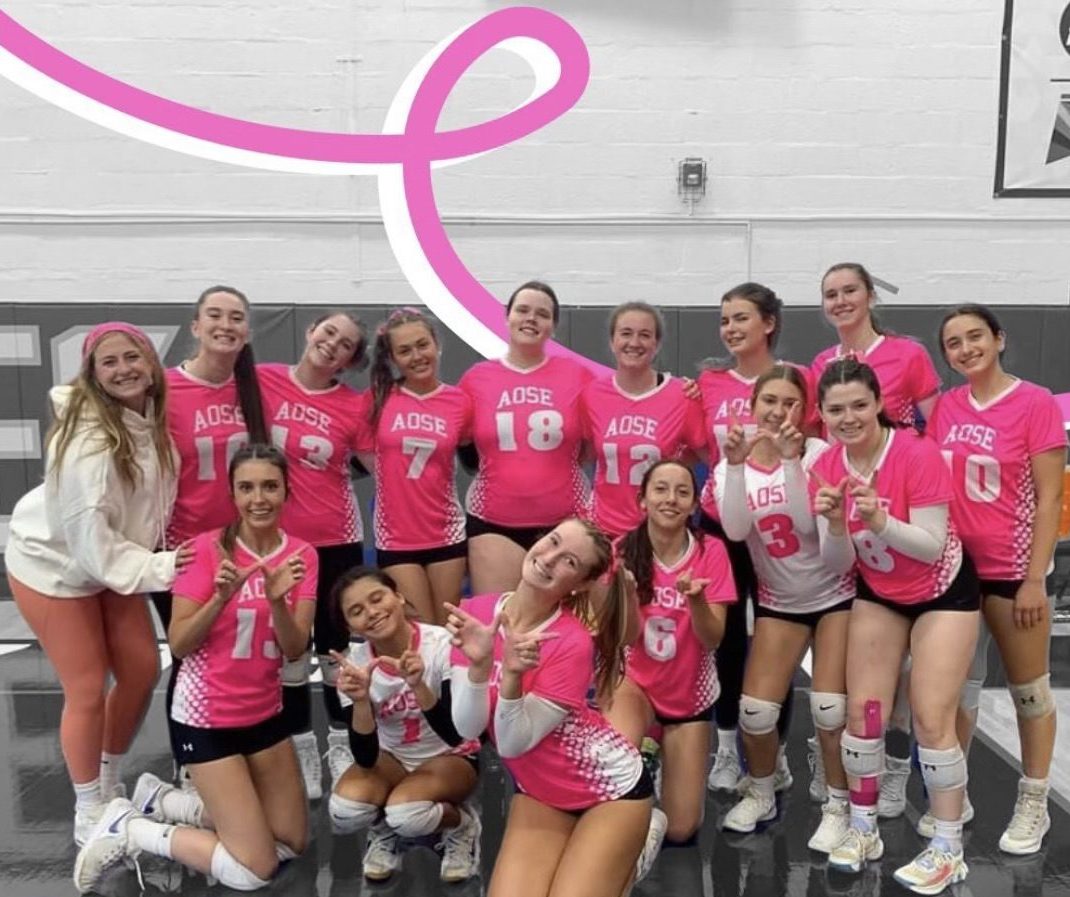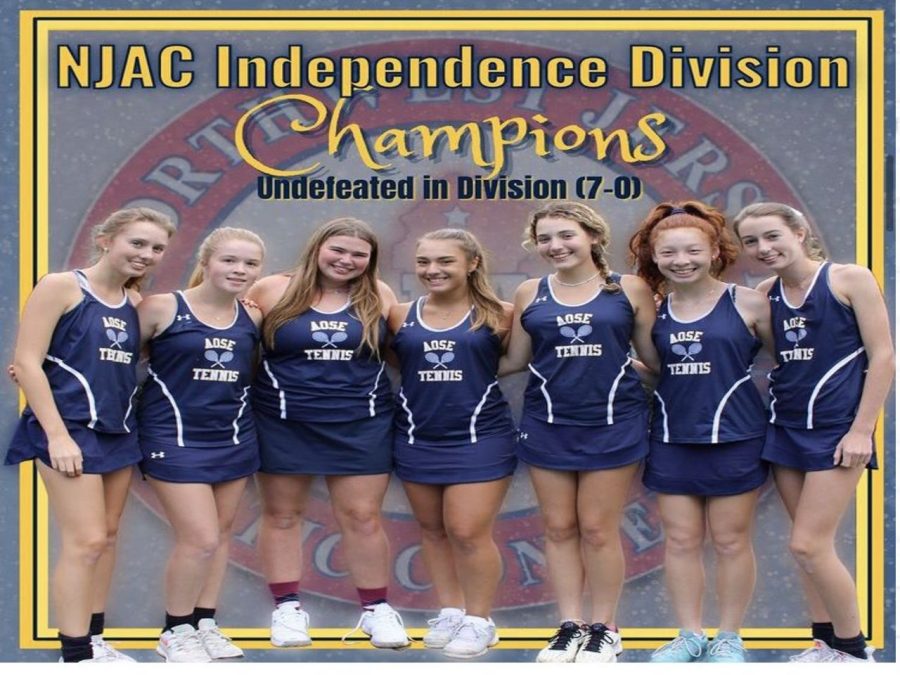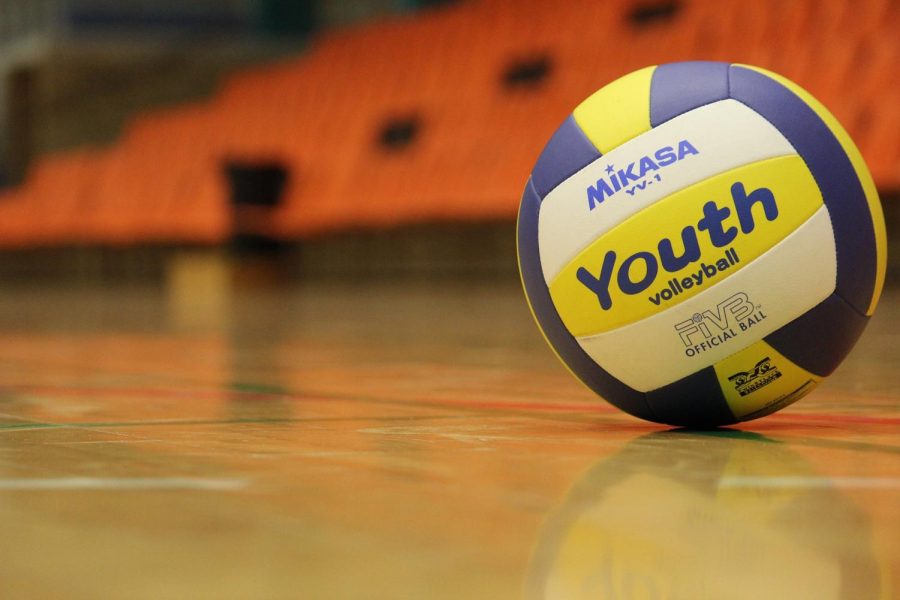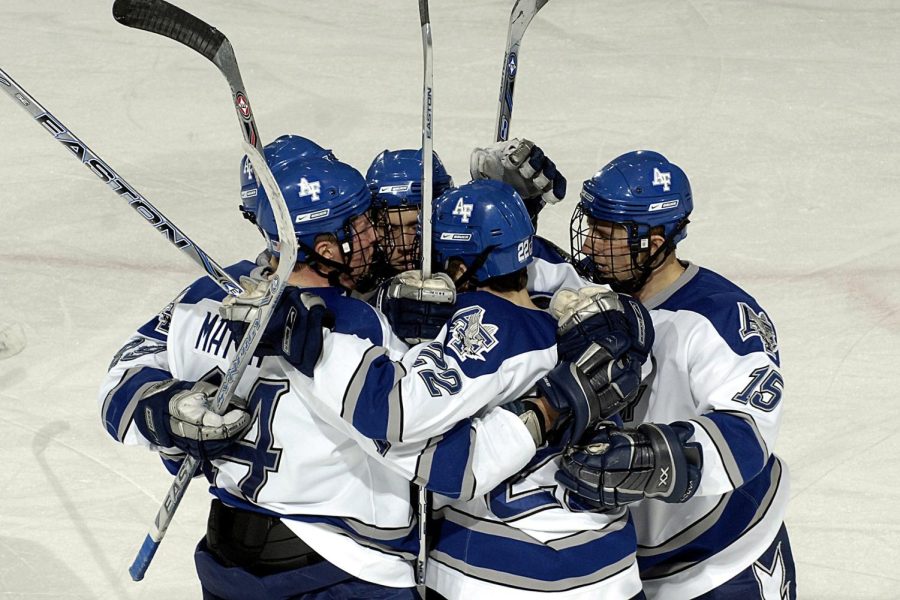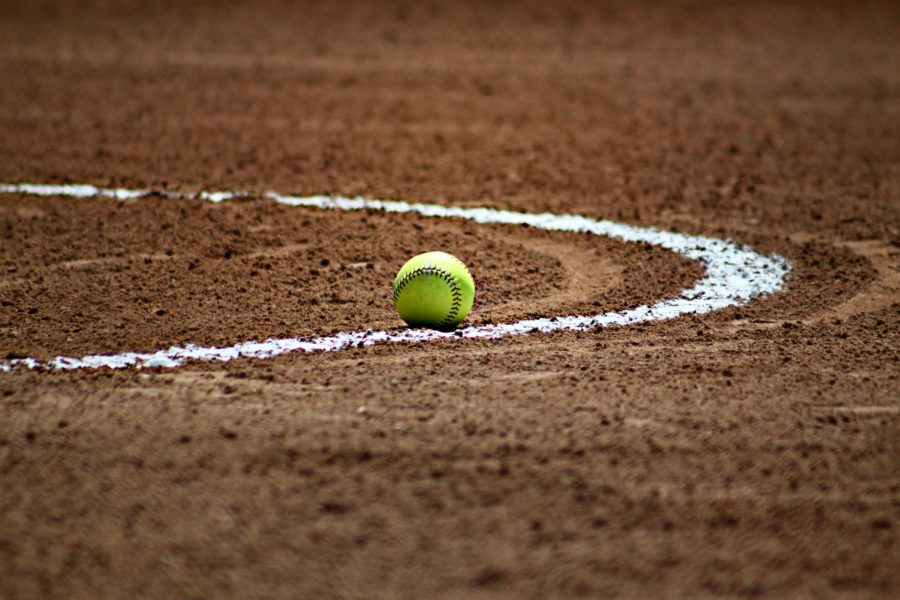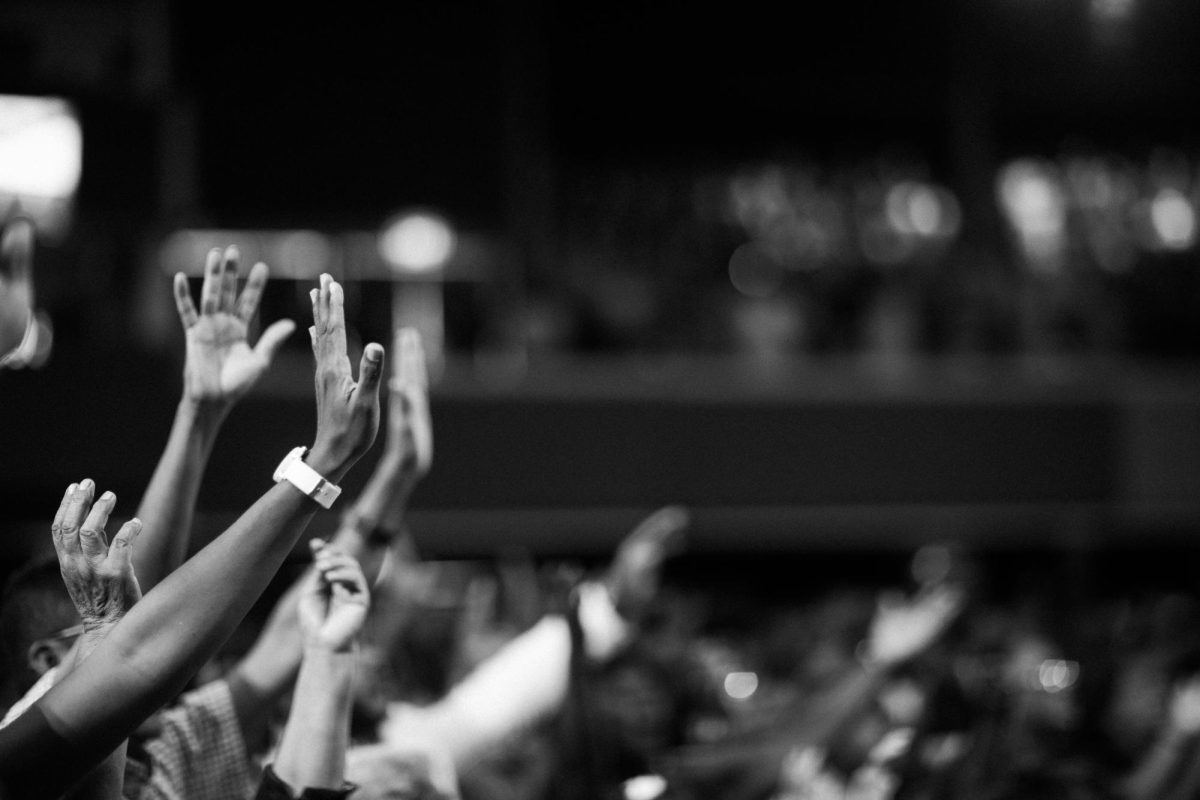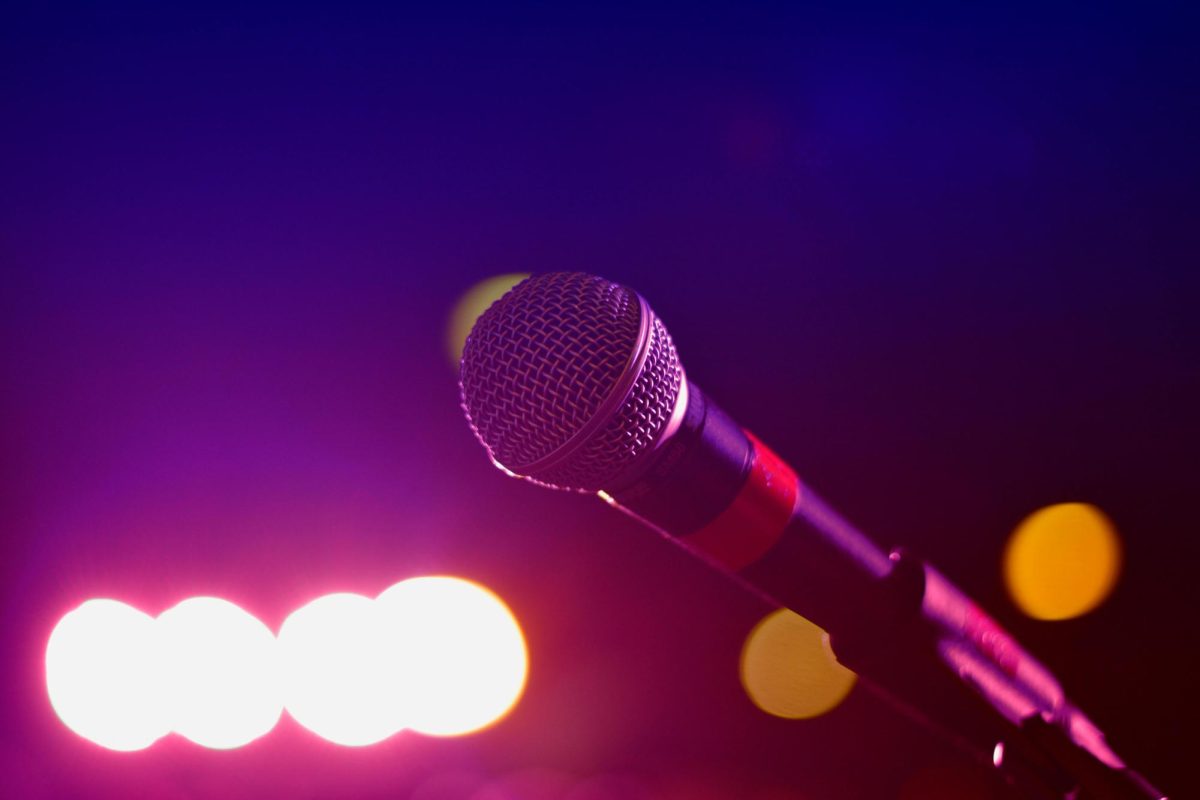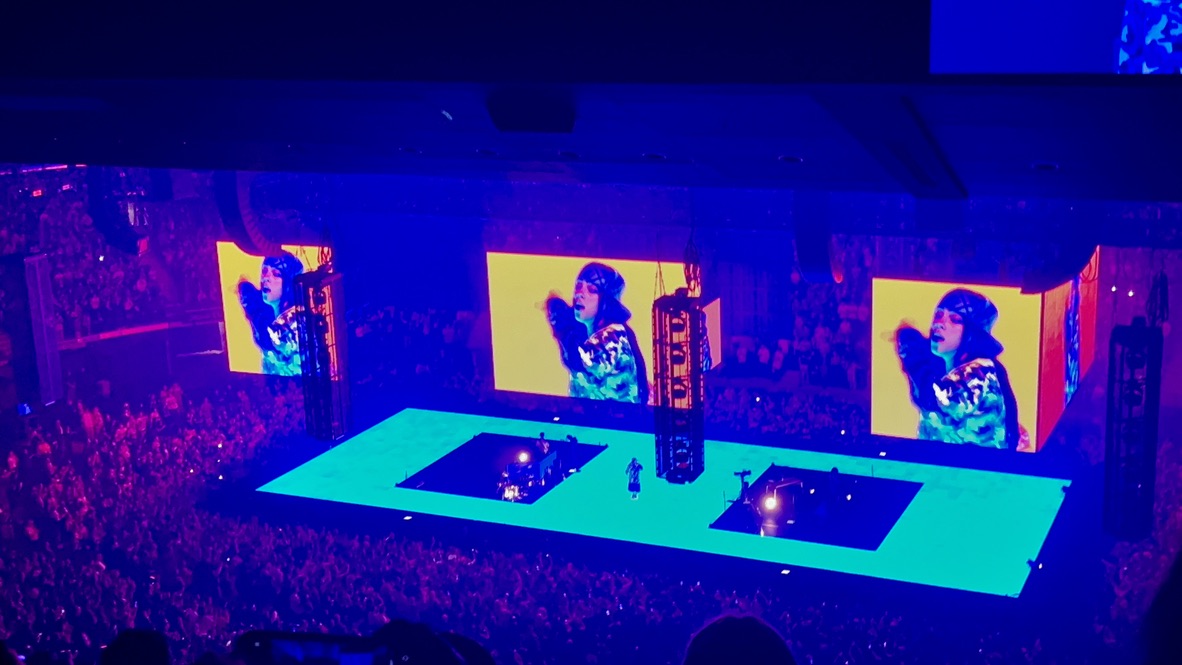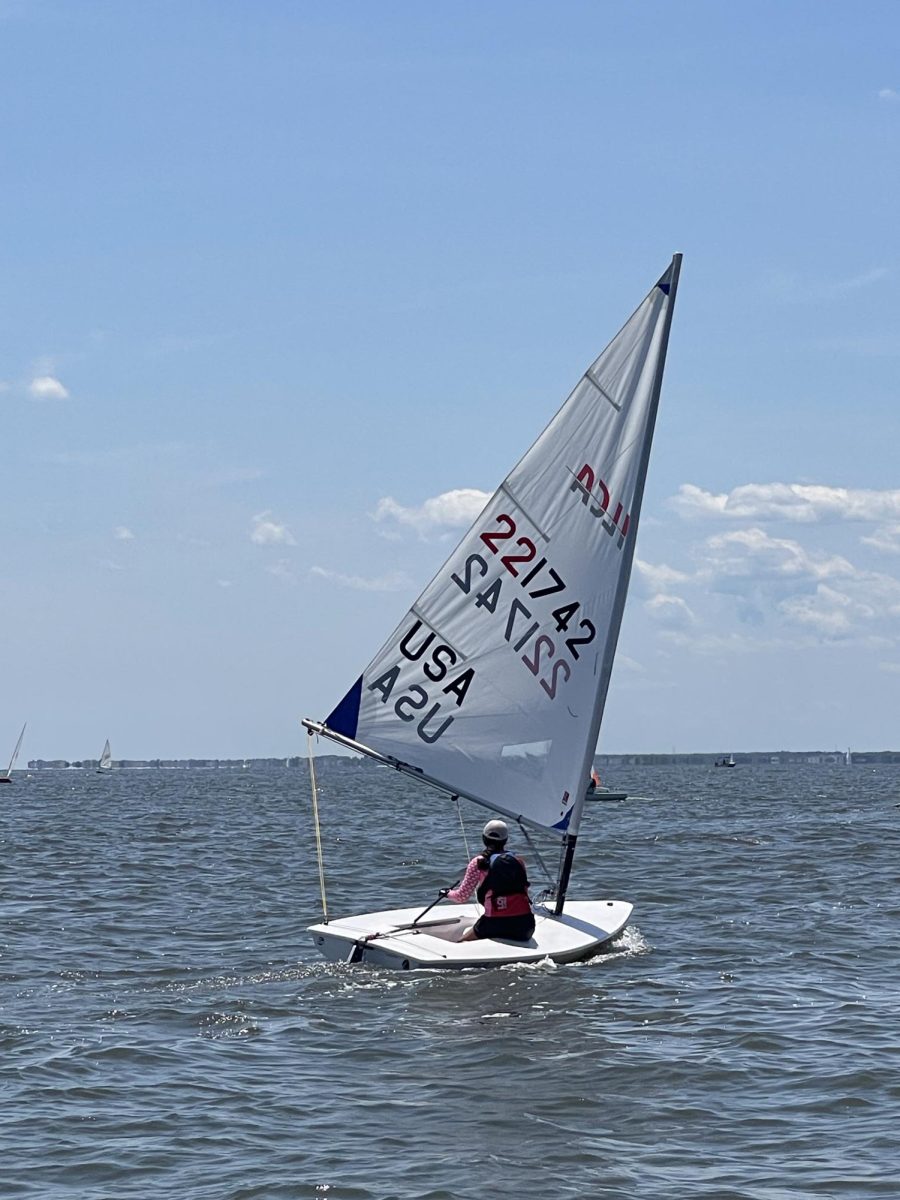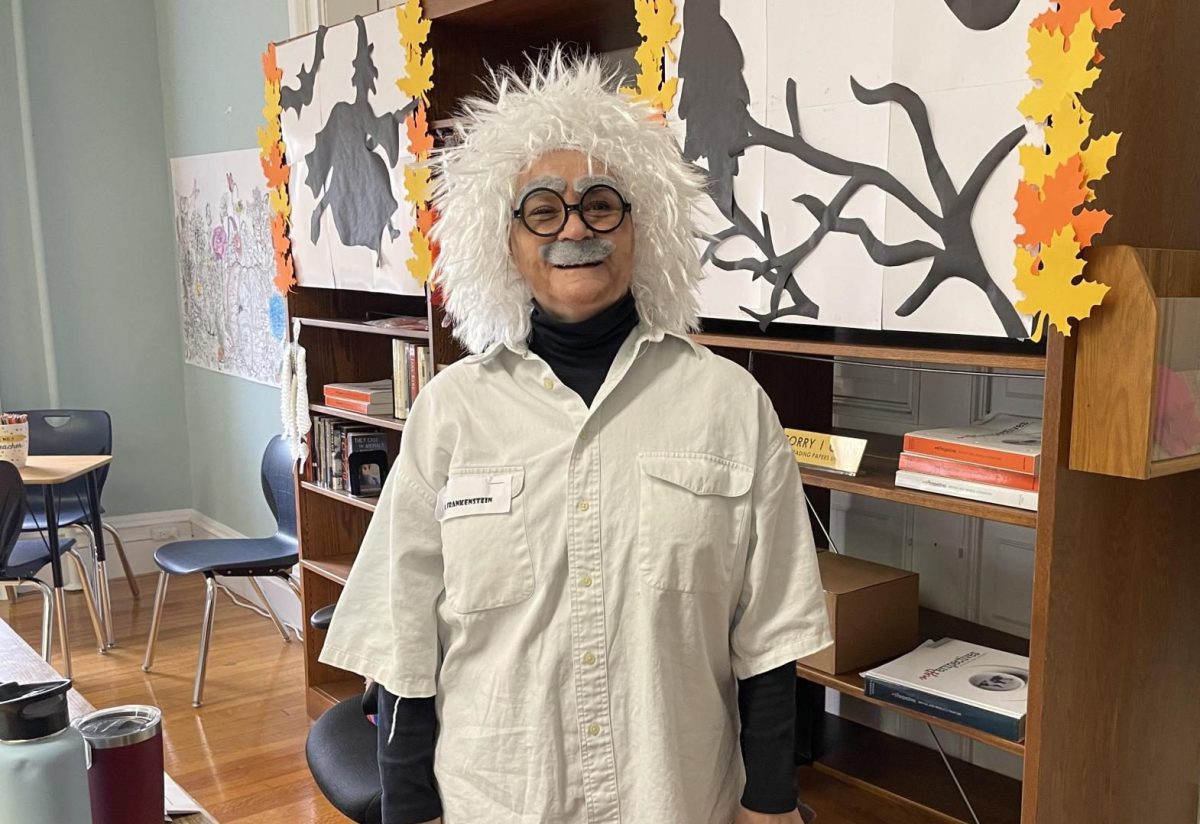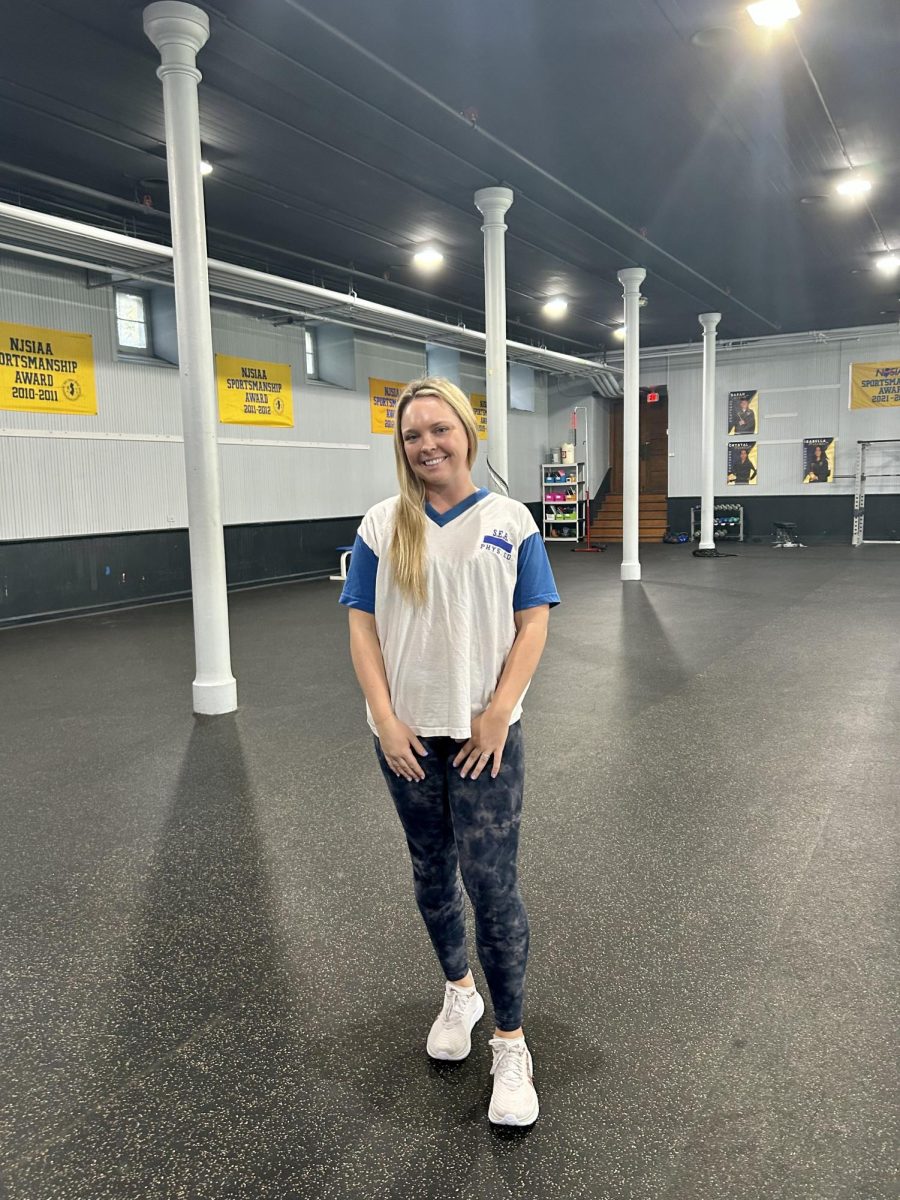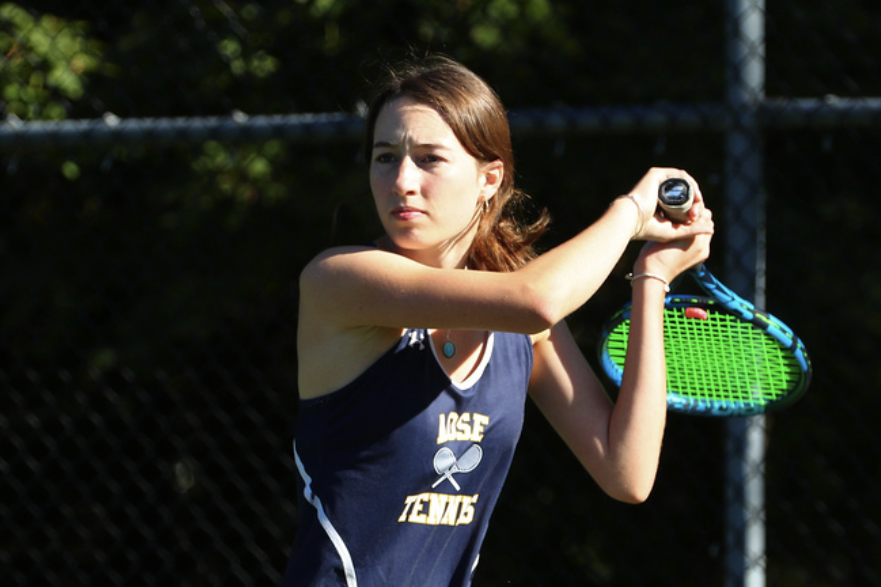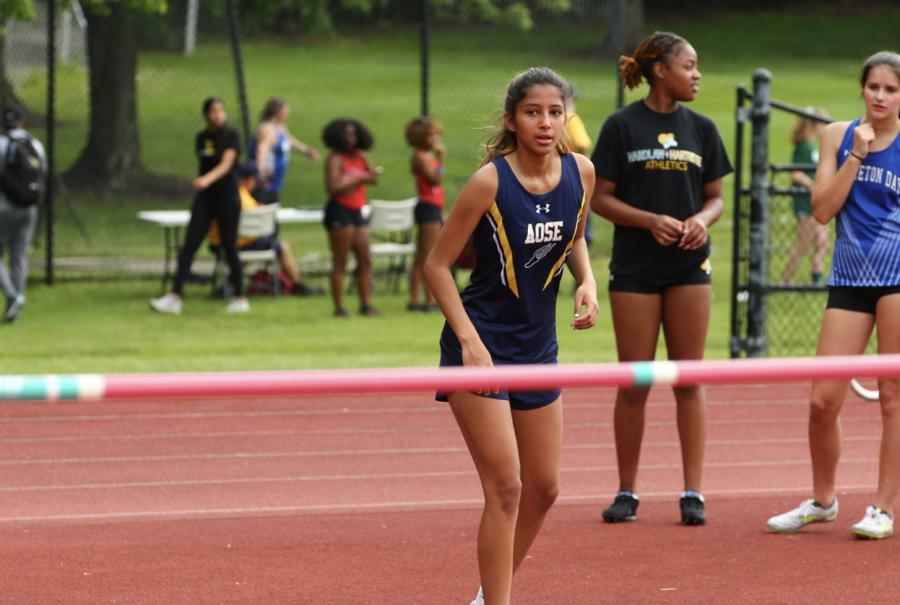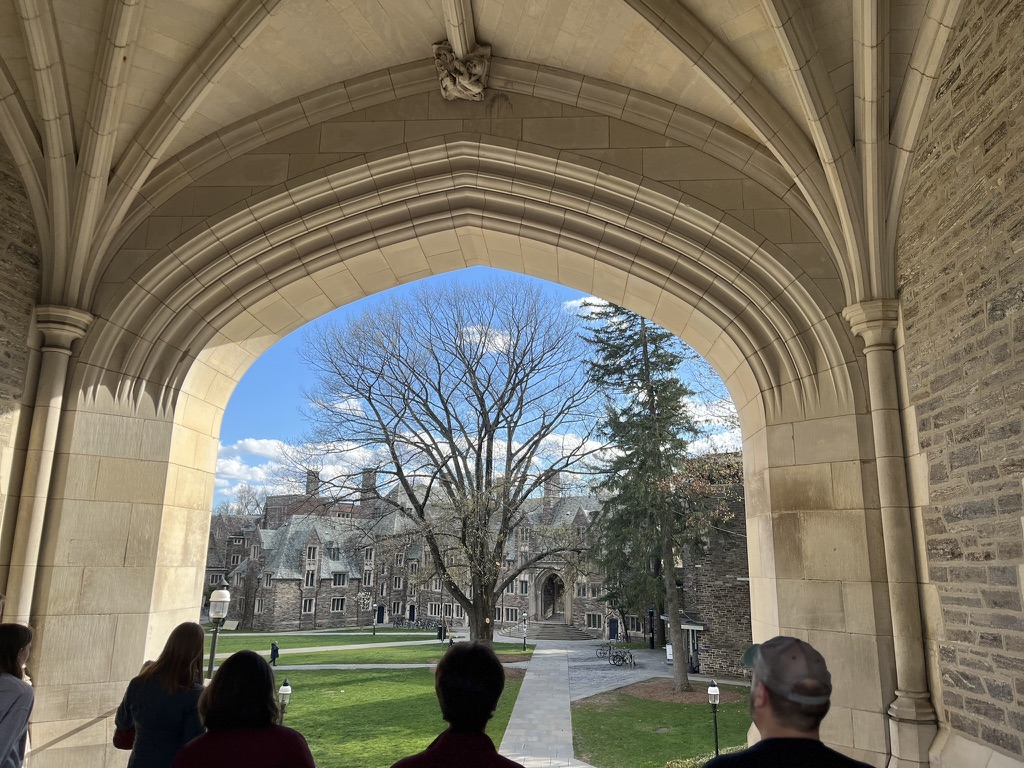This article is organized as a TL:DR. Use it as a reference for theatre terms you might hear as an actress. Of course, this is not entirely comprehensive nor all-encompassing, but familiarity with them will earn you a nod from most theatre aficionados:
- 11 o’clock number – Most typically, a show-stopping song late into Act II where a character comes to a major realization
- all call (compare: actor call, curtain call, fight call) – Every cast member is required for rehearsal
- actor call (compare: all call, curtain call, fight call) – On performance days, the time when actors are expected to be in the theatre and ready for a director’s address
- auditions (aka tryouts) – The process by which players are cast, usually consisting of sides, monologues, dance combinations, or song excerpts
- belt – A singing technique that carries the chest voice’s resonance into the head voice
- blackout – When the house lights and stage lights are entirely dimmed
- blocking – The process by which actors are positioned on the stage for a performance
- booth – The part of the theatre where the soundboard and lightboard are operated
- callbacks – An auxiliary part of the audition process where specific actors are called for further talent assessment
- cheat out – When an actor turns their body out to face the audience
- coke the floor – A common practice for preparing dance floors. Diet soda is mixed with water and mopped across the performance space to keep shoes from slipping
- cold read (compare: table read) – When actors read a script for the first time as they perform it
- curtain call (compare: all call, actor call, fight call) – After a show, when the actors take their bows
- dancer (compare: mover) – An actor who can dance proficiently
- dry tech (compare: wet tech) – A rehearsal without any performers so the crew can run lights, scene changes, etc.
- ensemble (compare: featured, principal, supporting) – The background characters in a theatrical production
- fast change (compare: quick change) – When an actress changes costumes, typically with a scene or less before her next cue
- featured (compare: ensemble, principal, supporting) – A part slightly smaller than that of a supporting role; featured actors are often members of the ensemble as well
- fight call (compare: all call, actor call, curtain call) – Before any show that involves stage combat, actors run through their combat on-stage at quarter, half, and full speed
- flat – essentially a stand-alone wall that is painted as part of a set
- the Fourth wall – The agreement between audience and actors, or suspension of disbelief, occasionally broken when actors come down the aisles or otherwise acknowledge the audience’s presence
- ghost light – A portable light, traditionally caged in metal, left lit the center stage when rehearsals aren’t in progress
- Greek chorus – A group of actors that perform, often in unison, usually commenting on the plot
- headshot – A promotional picture of an actor used for casting and playbills
- the house – The part of the theatre where the audience sits
- ingenue – The archetypal young and innocent leading lady, usually with a high and light voice
- leg – A long curtain on the side of a stage that conceals the wings from the audience’s view
- legit – A style of singing closer to operatic technique than that of belters; more common before the 2000s
- libretto – The text and only the text of a theatrical work
- marking – When an actress gives less than full effort during a rehearsal to conserve her energy, especially with regards to song and dance if they are not the focus of the rehearsal
- method acting – A type of acting where the actress seeks to embody her character, including when offstage
- mover (compare: dancer) – An actor who can learn choreography but doesn’t move with the fluidity of a dancer
- off-book (compare: on book) – When an actor no longer needs to refer to their script
- on book (compare: off-book) – When someone 0ffstage is following along with the script and correcting off-book actors as they rehearse
- park and bark – A song that is typically technically difficult to sing, but not always so to perform; also refers to the actor that sings them, often a weaker dancer
- pit – Where the band or orchestra performs. It can be onstage, offstage, beneath the stage (hence “pit”), in a wing…
- places – Where actors start a scene or act
- playbill – In America, a playbill is typically a long booklet that includes information on the cast and creative team as well as advertisements
- principal (aka lead) (compare: ensemble, featured, supporting) – One of the largest roles in a production
- program(me) – In London, a program is typically a smaller booklet that does not always list cast and creative team information
- properties (aka props) – Any object brought onstage that is not part of a costume, the set, or tech
- prop table – Where props are set offstage for easy access and organization
- quick change (compare: fast change) – When an actress changes costumes, usually within 30 seconds and sometimes onstage
- the rake – The rake of the stage is the angle at which it is slanted. Some stages are raked up to 3/4 inch per foot, but many are flat
- run – To play a scene or show from the top
- score – Sheet music that includes all voice and/or instrument parts on the same page
- the Scottish play – What actors call Macbeth while in the theatre to avoid saying its name. Macbeth is superstitiously believed to curse shows, so many will knock thrice on wood to clear the effects
- screlting – A type of belting that calls on improper technique; “scream” belting
- set – The onstage pieces that compose the setting that are either stationary or mobile
- side – A script excerpt read by actors during auditions
- sitzprobe – When the orchestra and the cast play through the songs of a musical in a rehearsal dedicated to the purpose
- slate – Typical of auditions, where an actor will state their name, age, height, material… whatever is required of them before performing
- soliloquy – A character’s inner monologue delivered aloud
- soundtrack – The songs of a musical in chronological order
- spike – A line of reflective tape on the floor that
- spirit gum – A sticky liquid that is painted on the skin to help apply lace-front wigs and facial hair
- stage directions – Easy, standardized terminology that informs players where to go. All stage directions are a combination of stage left, stage right, center stage, upstage, and downstage.
- standing ovation (aka standing O) – When the audience rises from their seats to applaud
- strike – After the final show, when the stage is entirely cleared of its sets and props, ready for its next production
- supporting (compare: ensemble, featured, principal) – A supporting role is slightly smaller than a principal role
- swing (compare: understudy) – An actor trained to fill in for one or more parts at a moment’s notice when the primary actor is unable to perform
- table read (compare: cold read) – When the entire cast comes around to read through the script, including cues.
- tableau – When actors effectively freeze on stage in a specified blocking
- tech week (aka hell week) – The week leading up to the first set of performances involving costumes, hair, makeup, music, lighting, and sets. Rehearsals typically run seven hours or longer
- trouser role – A role played by the opposite sex, especially when a woman plays a (usually young) man
- typecast – When players are cast in similar, archetypal roles throughout several productions
- understudy (compare: swing) – An actor who performs in another’s stead when the primary actor is absent
- upstaged – When a player in staged conversation turns away from the audience to address another player farther upstage of them
- wet tech (compare: dry tech) – The first rehearsal that integrates lights, scene changes, etc. with the performers. Tech is the emphasis
- wing – A side of the stage, mostly hidden from the audience’s view





